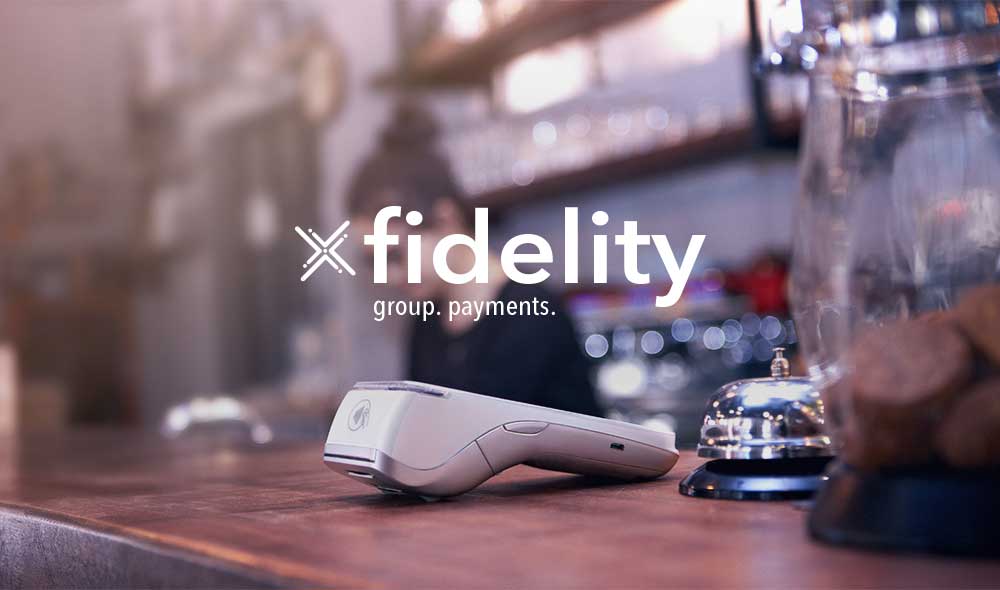The government is to limit the wholesale costs for gas and electricity used for business energy customers.
The Energy Bill Relief Scheme will cap the wholesale costs that energy suppliers can incorporate into business rates but will not determine the final rate paid by business customers.
Providing government support for households is relatively straightforward because there is an existing retail price cap. The details of the business scheme were delayed because of challenges in devising it and the complexity of corporate tariffs. However, this move also allows for competition to remain in the market.
Get the best energy prices that are currently available. Contact us today to compare tariffs.
What does this mean for business energy rates?
- Energy suppliers will be allowed to incorporate a capped wholesale price of 21.1p/kWh for electricity and 7.5p/kWh for gas.
- Only applies to all energy contracts signed with suppliers since 1st April
- It will apply to energy usage from 1 October 2022 to 31 March 2023
- After the six months, ministers will focus support on the “vulnerable” but are yet to define which industries
For comparison, wholesale costs for this winter are currently expected at around 60p/kWh for electricity and 18p/kWh for gas.
Wholesale charges are only part of what makes up the final costs on an energy bill. The capped wholesale prices will not be the final rates that businesses pay, so your kWh rate will not be 21.1p and 7.5p, respectively.
The charts below are dependent on what price is agreed in the contract, but wholesale (commodity) costs are around 78% of your cost on gas and 72% on electric.
What if you are out of contract now?
If you are out of contract, then the government has advised you to set up a contract now and you will automatically have the appropriate reductions to your energy price for the duration of the scheme applied.
With the scheme, those on out-of-contract rates will only receive a per-unit discount on energy costs, up to a maximum of the difference between the Supported Price and the average expected wholesale price over the period of the Scheme. This maximum discount is likely to be around 40.5p/kWh for electricity and 11.5p/kWh for gas, subject to wholesale market developments.
What if you’re about to sign a new fixed-price contract?
You should still sign a fixed-term contract now, as the relevant price reduction will be automatically applied to your bill by your supplier. If you are sitting on the out of contract rates you will still get support from the scheme but will likely be paying more than if you are in a contract.
What if you are up for renewal after the scheme?
Business energy rates are not forecast to see much relief in price until summer 2025. If you are up for renewal after the scheme ends, then you should get in touch, and we can assess the market and recommend the best time for forward-purchase your next energy contract.
What if you signed before 1st April?
If you signed before the 1st of April, you would have missed the cut-off and not be eligible for the support scheme. This is because you would not have been exposed to the recent wholesale price rises, so you will not be eligible for support under the scheme.
Will I have to apply for the discount?
No, the suppliers will automatically apply the discount from November onwards. You will not need to do anything or contact your supplier to have this applied if you are eligible.
Example:
This is an illustrative example based on recent averages of forwarding wholesale prices and may differ from those experienced in practice; other examples can be found on the government website via the link below.
A pub uses 4 MWh of electricity and 16 MWh of gas monthly. They signed a fixed contract in August 2022, giving them a current monthly energy bill of about £7,000. When they signed their contract, wholesale prices for the next six months were expected to be higher than the government-supported price of £211/MWh for electricity, and £75/MWh for gas, meaning they can receive support under this scheme.
The difference between expected wholesale prices when they signed their contract and the government-supported price is worth £380/MWh for electricity and £100/MWh for gas, meaning they receive a discount of £3,100 per month, reducing their bill by over 40%.
If you would like more information, then please do not hesitate to reach out. If you would like to read the full policy paper, visit the government website here.
Get the best energy prices that are currently available. Contact us today to compare tariffs.













